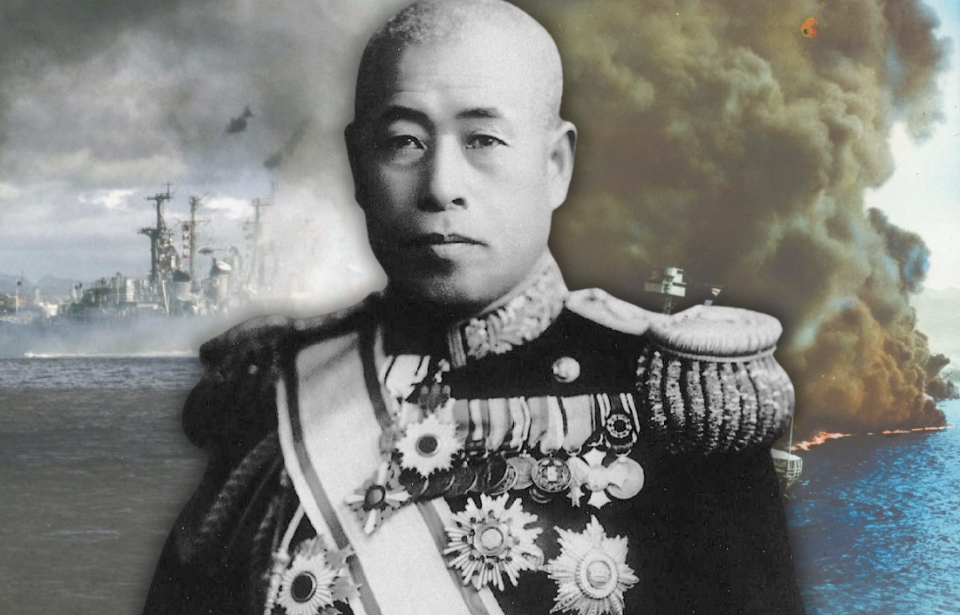Isoroku Yamamoto’s upbringing and early career
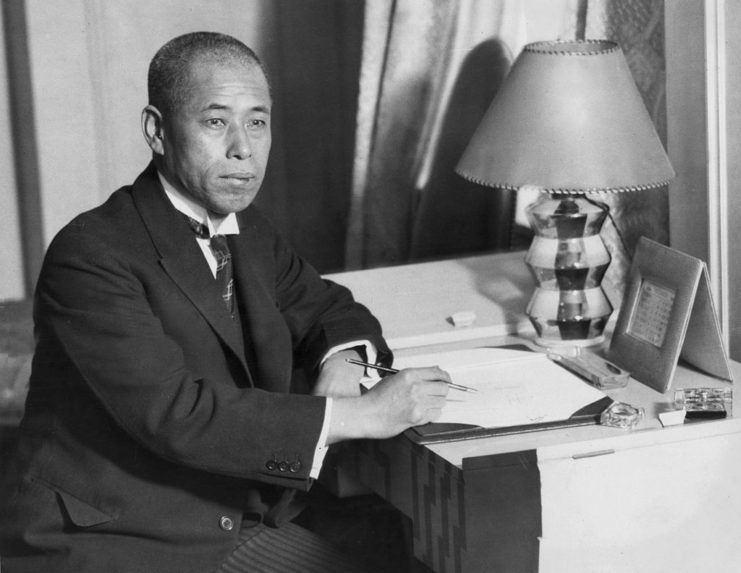
Isoroku Yamamoto, originally named Isoroku Takano, was born in 1884 and would go on to become one of Japan’s most influential naval leaders. His father, a mid-level samurai, was 56 at the time of his birth. In 1916, Yamamoto was adopted into the distinguished Yamamoto family—a common practice in Japan for households lacking a male heir—taking their surname and aligning himself with a more prestigious samurai heritage.
After graduating from the Imperial Japanese Naval Academy in 1904, he saw action in the Russo-Japanese War. During the pivotal Battle of Tsushima, Yamamoto sustained injuries that cost him the index and middle fingers on his left hand. This demonstration of valor earned him recognition and helped accelerate his career within the navy.
By 1916, he had risen to lieutenant commander, and within three years he attained the rank of commander, solidifying his position among Japan’s emerging military elite.
Experience in the US, rivalry with the Japanese Army
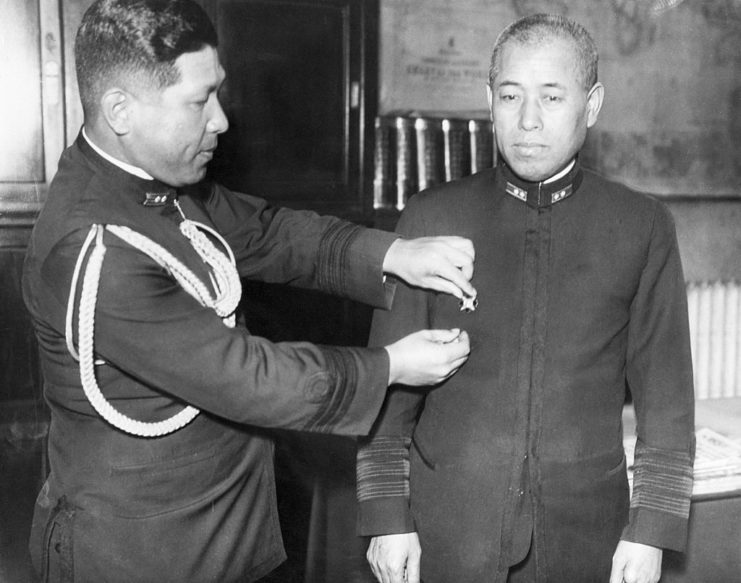
Yamamoto spent a fair amount of time in the US during the 1920s and ’30s. He was a student at Harvard University from 1919-21. He also had two postings as a naval attaché in America, where he learned to speak fluent English. Yamamoto created controversy in 1937 when he apologized to the US for Japan’s 1937 bombing of the gunboat USS Panay.
The Imperial Japanese Army was significantly more aggressive and pro-war than its Navy, and was angered by Yamamoto’s opposition to a pact with Germany and Italy. Following his apology to the US, he received death threats, to which he said:
“To die for Emperor and Nation is the highest hope of a military man. After a brave hard fight the blossoms are scattered on the fighting field. But if a person wants to take a life instead, still the fighting man will go to eternity for Emperor and country. One man’s life or death is a matter of no importance. All that matters is the Empire.”
Attack on Pearl Harbor
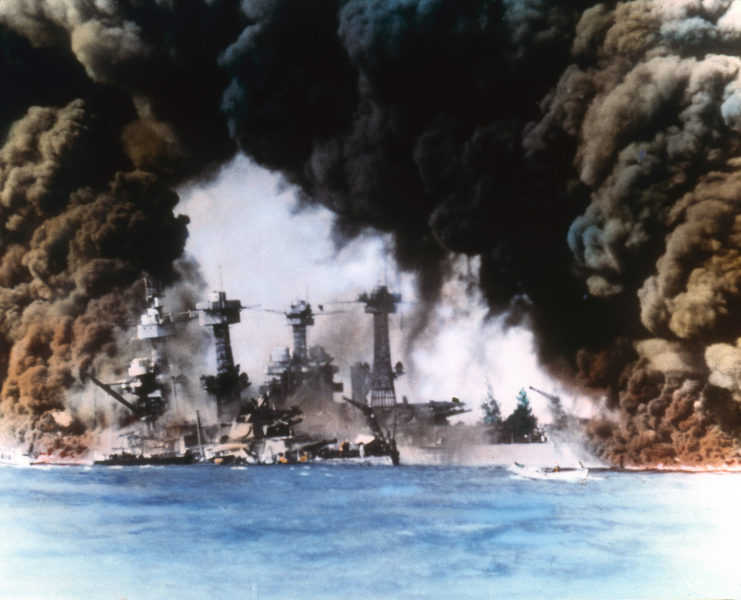
Isoroku Yamamoto’s naval career was defined by intellect, discipline, and strategic vision, eventually earning him the rank of admiral in November 1940. Although his innovative thinking often clashed with the views of Japan’s Army leadership, he remained highly respected within naval circles and enjoyed the backing of the Imperial family.
Behind closed doors, however, Yamamoto carried deep misgivings about going to war with the United States. He recognized that Japan’s limited industrial capacity made a prolonged conflict impossible to sustain. His plan for the attack on Pearl Harbor was shaped by this sobering reality: strike fast, strike hard, and inflict enough damage to cripple the U.S. fleet, hoping that such a blow might give Japan the time it needed to cement control of the Pacific.
On a tactical level, the raid succeeded—four battleships lay destroyed or sinking, and nearly 200 American aircraft were reduced to wreckage in a matter of hours. Yet strategically, the result was exactly what Yamamoto had dreaded. Instead of weakening U.S. resolve, the attack galvanized it, unleashing the full force of America’s unity and industrial might against Japan. Yamamoto had foreseen this outcome, but even his warnings could not alter the course his nation had chosen.
Battle of Midway and Yamamoto’s death
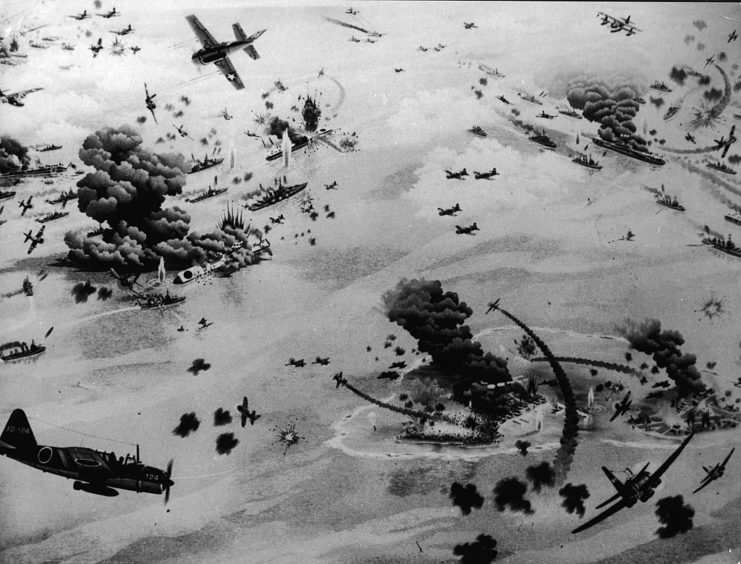
Despite initial Japanese successes after Pearl Harbor, Yamamoto advocated for continued attacks on the US Fleet. The Battle of Midway in June 1942 was intended to maintain Japanese offensive momentum. However, prior to the operation, US forces were able to break the Japanese Naval Code. This intelligence allowed Admiral Chester Nimitz to prepare effectively, resulting in a decisive US victory that shifted the course of the war.
Following setbacks and defeats at Guadalcanal and Midway, Yamamoto embarked on a morale-building tour for his forces. US intelligence intercepted and decrypted details of his itinerary, enabling American pilots to shoot down his plane on April 18, 1943. Posthumously, Yamamoto was honored with the title of Marshal Admiral and awarded the Order of the Chrysanthemum by Japan. Additionally, he received Germany’s Knight’s Cross of the Iron Cross.
Yamamoto’s legacy
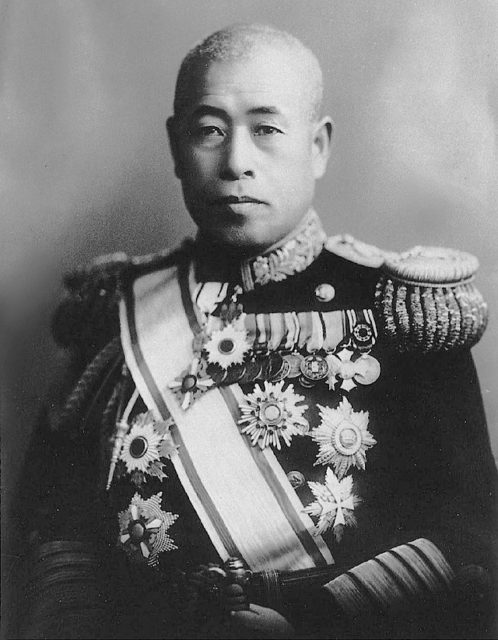
Yamamoto has been featured in a number of films about Pearl Harbor and World War II. Moviegoers may remember him for the Tora! Tora! Tora! (1970) line that he may or may not have uttered: “I fear that all we have done is to awaken a sleeping giant and fill him with a terrible resolve.” The line was also referenced in 2001’s Pearl Harbor.
Historians, however, are not sure he ever actually made this observation.
Yamamoto was also portrayed by legendary actor, Toshiro Mifune, in three separate films: Rengo Kantai Ichokan Yamamoto Isoroku (1968), Gekido no showashi ‘Gunbatsu’ (1970) and Midway (1976).
